China boasts a rich history, and pretty much any symbol across Chinese homes and communities in general points to something of great historical significance. The Chinese knot is one of these elements, and it’s interesting to note that there are many versions or types of the Chinese knot and that it is an important symbol.
If you have been wondering what the Chinese knot is all about, this article shares important insights into everything you need to know about this piece. So, let’s jump right into it!
What Chinese Knot Symbolize?
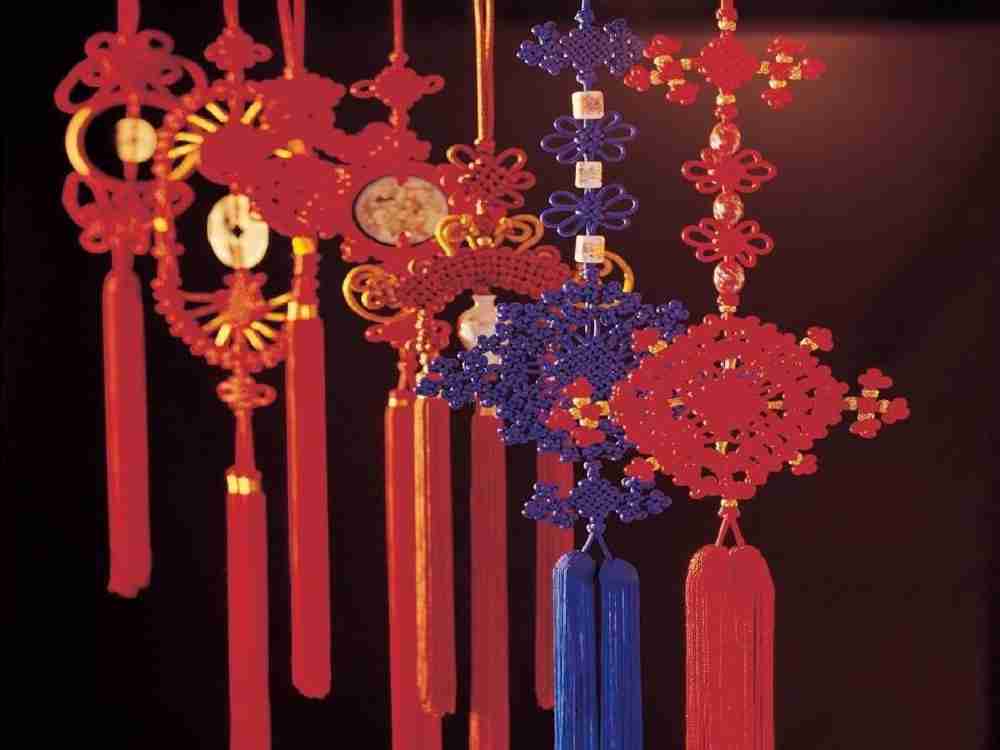
What you may not know about the Chinese culture is that knotting is an important part of the culture, and over the years, many of the Chinese folk arts have since evolved into the finest pieces of art. But it’s worth noting that these pieces have all had their roots in Chinese antiquity, with roots from the perishability of animal materials as well as fibrous plants. There is, therefore, a long history attached to the use of knots, specifically the Chinese knot. For the most part, the knot was used as a decorative piece on clothing, although it would also be hung from ceilings or on walls. And thanks to the highly skilled knot artists, complex knots were woven and sold as souvenirs. But the knots are more than decorations. They do, in fact, boast a rather long history, and they are quite symbolic to date.
The knot is made following 4 fundamental techniques:
- Pulling followed by wrapping of the outer loops
- Using the singular flat knots
- Overlapping the outer loops
- And finally, knotting together the outer loops.
But what is it, exactly? It can’t just be a knot, or is it?
Well, the Chinese knot can be defined as a knot tied and also woven from a single length of rope or cord into a variety of shapes and in varying levels of complexity. The shapes of the knots are quite variable, and they all have different meanings attached to them. Although they are now used as decorations, adornments on clothes, or even as gifts for special occasions, there is much more to the Chinese knot that meets the eyes, and it is worth something knowing what a certain knot means or symbolizes before you put down your cash on it.
Generally, most of the Chinese knots are symmetrical and double-layered, with two cords that enter the knot from the top section and two knots leaving at the bottom. Each of the knots is named after its symbolic meaning or shape.
While most of the knots are woven in deep red, the weavers often make the knots in many other colors. Red is just the common color because the Chinese associate the color red with good fortune.
What The Etymology Of The Word Knot In Chinese?
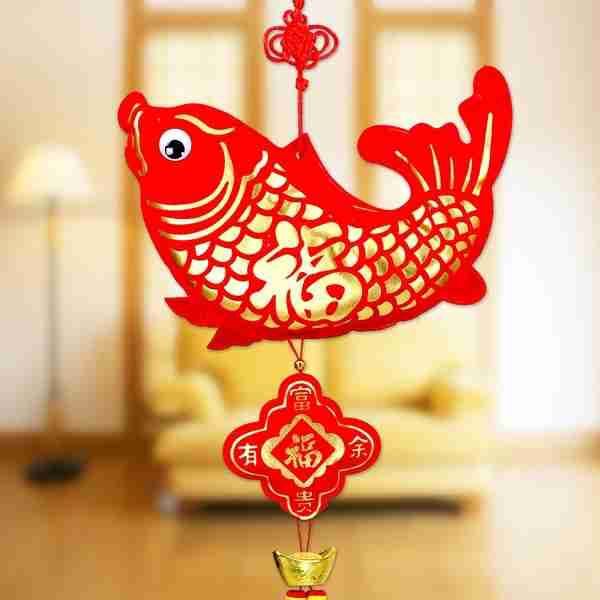
Essentially, there is the use of connotations even in the Chinese words, with the Chinese calling ‘rope’ ‘shèng’ which has the same meaning to words like divine, life, and spirit. This is believed to be the case because the knots carry a spiritual meaning, and they would be used in/ for worship.
The Chinese word for the knot is ‘Jie, and it’s related to several other words that reinforce the symbolic meaning of the Chinse knots. ‘Tuán jié,’ for instance, means ‘to unite,’ jié guŏ’ means the result, bear fruit, or outcome, and ‘jié hūn’ means to marry. Taking these words into consideration, and the fact that a knot would be given to a married couple or partner, it means that the knot means all these different things, and even it points to having children.
What Are The 3 Historical Origins Of The Chinese Knot?
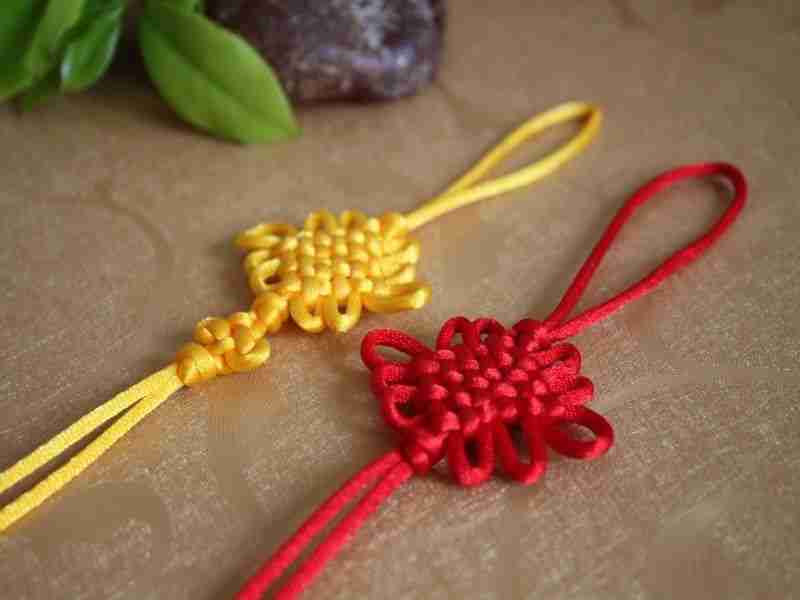
It’s highly likely that the Chinese knots were made even before people started writing and that the knots were used to record information and convey messages. This is because of the discovery of 100,000-year-old tools that are believed to have been used for tying and untying the knots. There also exist references to knots in ancient Chinese literature. There have been numerous archaeological records discovered that show that the art of knot-tying dates all the way back to pre-historic times. These records and recent discoveries feature 100,000-year-old bone needles and bodkins believed to have been used for sewing. The bodkins are believed to have been used to untie the knots. Unfortunately, there is limited evidence because of the delicate nature of the knots and the knotting materials.
There is also evidence of knotting that has been preserved in bronze vessels dating back to the Warring States Period (481-221BCE), not to mention Buddhist carvings dating back to the Northern Dynasties of 317-58, as well as the paintings from the Western Han period between 206BCE-9CE.
But even with this information, when exactly were the knots woven or used symbolically?
Well, the knots seem to date back to the Tang Dynasty Era of 618-907, where it is believed that the knots were not just used as artistic decorations but also as symbols used for the expression of feelings and thoughts. It’s worth noting that the Tang Empire was one of the largest Chinese dynasties, and it covered pretty much entire modern China. At the time, records show that the knot was one of the traditional art forms that were carried across generations as an important cultural element.
It was also predominant during the Song dynasty of 960-1279CE. Chinese knotting would later be popularized during the Ming Dynasty before it spread to Japan, Singapore, Korea, and other parts across Asia.
What is the meaning of the Chinese knot?
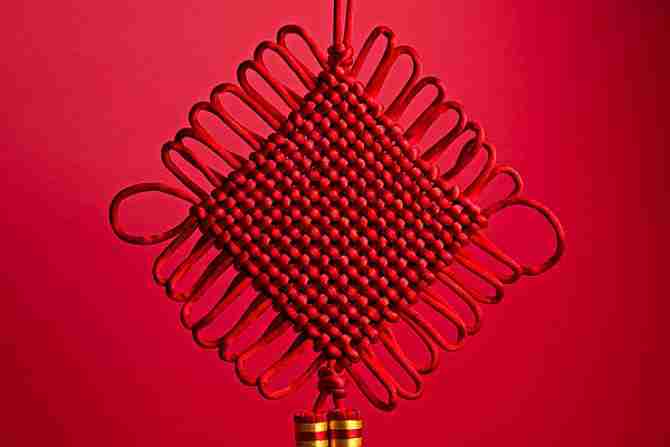
Throughout history, the Chinese knot appears to have been used for three things:
- As a recording and governing or ruling method before 476BCE
- As an ancient symbol and totem. It was one of the important ancient totems and also a belief motif. In the older days, the knots were believed to bring good fortune and meaning, hence used in quasi sound, pictograms, and totem worship, as is the case with the double-coin pattern painting.
- It also remains an important piece of decorative art, as is seen in museums, homes, and even religious and commercial spaces.
On top of these rich symbolic meanings around the Chinese knot, these knots are sentimental pieces with sentimental value, which means that you could have one that you give out as a gift or you pass down the generations.
For new lovers, the knot may be given as a token of the love shared. You could get the true-love knot, or even the double happiness knot is often given in weddings to express mutual love and the belief that you will grow old together while being faithful to each other.
Where to hang a Chinese knot?
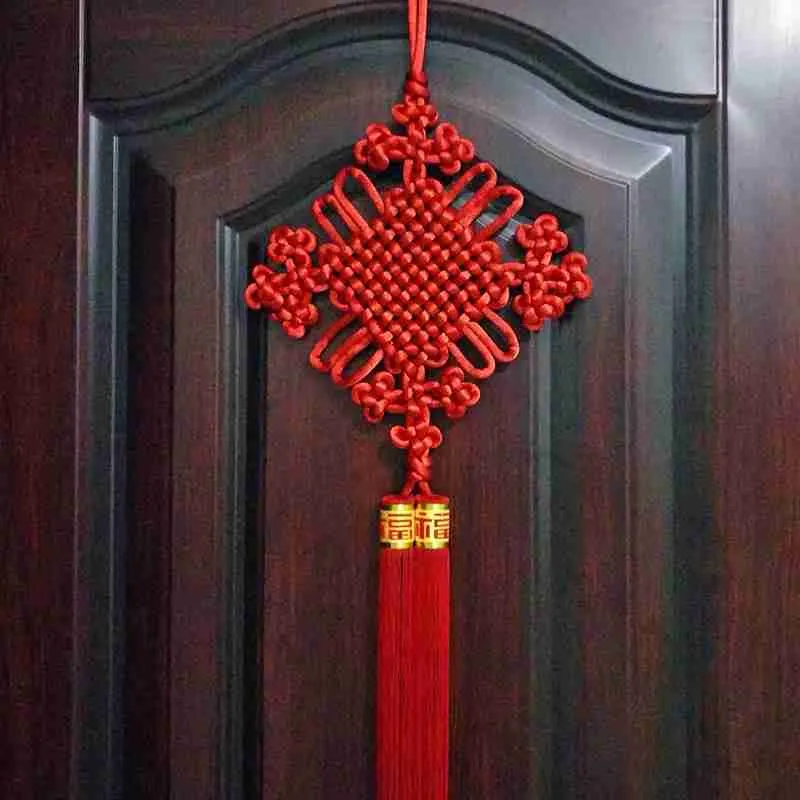
chinese knots application:The Chinese knot is also believed to be a good luck charm, and if you believe in this, you could hang your Chinese knot in your home’s lucky corner, at your place of work, study, or above your front door attract luck and auspicious money.
If you believe in Feng Shui and you’ve styled your home according to the principles of Feng Shui, you would place your Red Chinese Knot Coin, for example, in your Wealth corner. This amulet could also be kept in your wallet, and you may also choose to carry it in your purse.
Types of Chinese knots and their meanings
- Cloverleaf knot
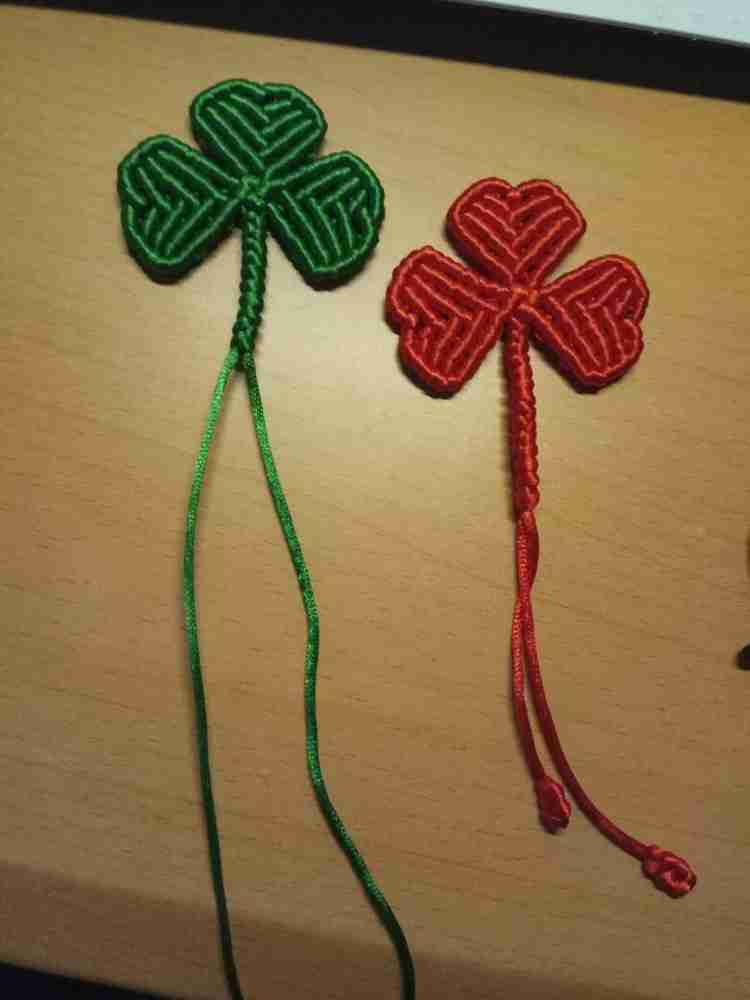
The cloverleaf is the most common type of Chinese knot, and this is primarily because cloverleaf is believed to be a symbol of good fortune and good luck.
- Round brocade knot
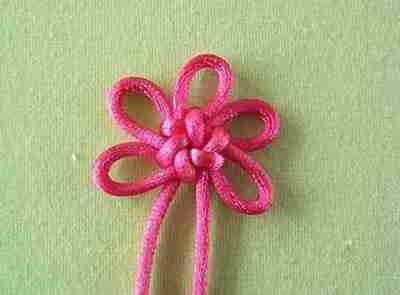
This knot is believed to be a representation of the concepts of balance, completeness, and good fortune. It is also known as the Chinese flower Knot.
- Chinese button knot
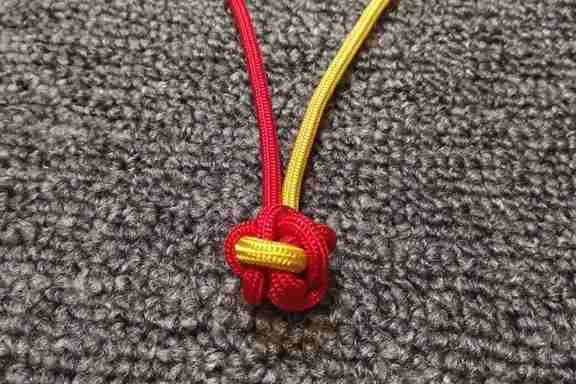
The button knot is more than a decorative piece; and it’s one of the more functional knots that is worn traditionally across Asia as a button to faster underwear, garments, as well as jewelry. It is essentially softer than the traditional buttons, and it doesn’t break easily when you’re doing laundry. This knot features five loops.
- Double connection knot
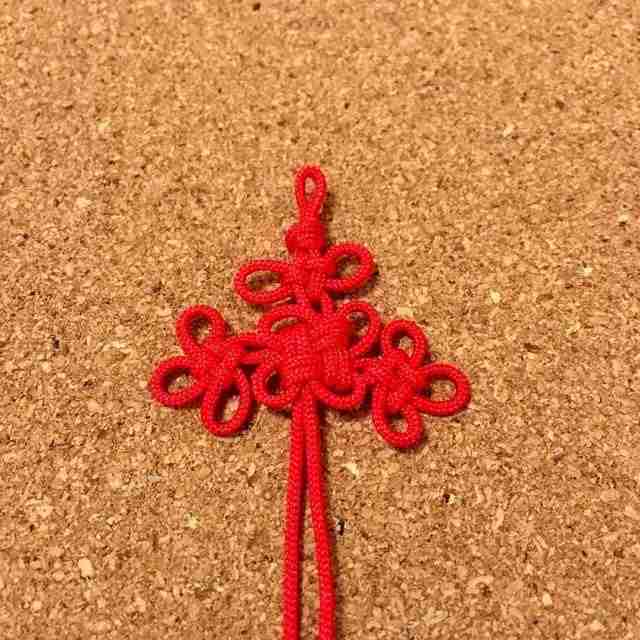
This knot is a lot like the western-linked overhand knot, and it’s quite popular across China, where it is used as a hanging decorative piece on walls or the ceiling. This decorative knot could also be used to secure knots in jewelry and earrings.
- Double coin knot
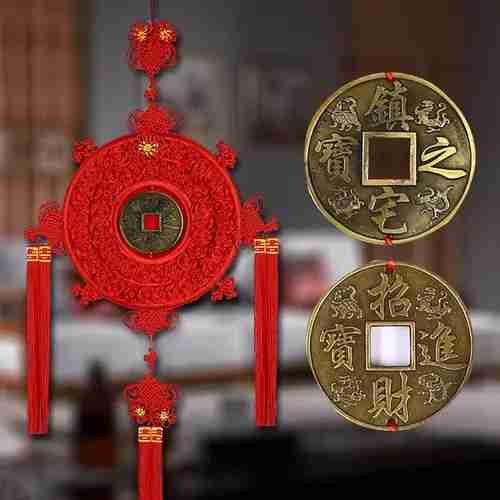
During the times of Imperial China, cash coins would be used to predict the future and to ward off evil. These ancient coins featured square holes at the center, allowing for easy stringing together of the coins for easy storage. This is the idea behind the double coin knot, which is a beautiful knot used alongside other knots like the Cloud knot.
- Sauvastika knot
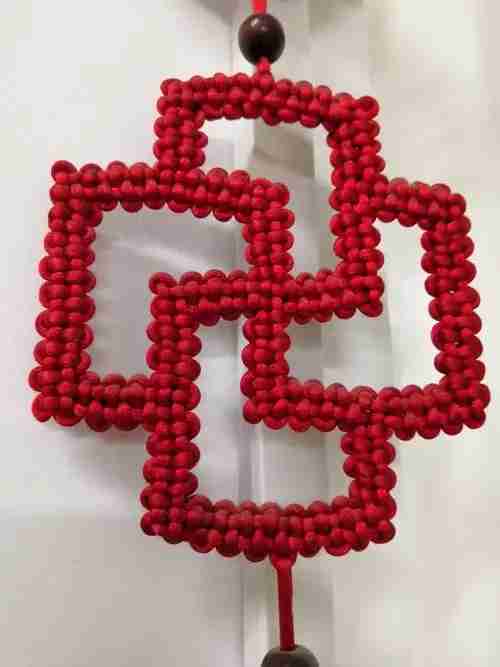
Also known as the virtue knot, the Sauvastika knot holds Buddhist roots, where in Buddhist theology, Sauvastika is the symbol of the heart of Buddha, which is believed to be present in everyone’s soul. Consequently, this knot is believed to be a symbol of good luck, triumph over evil, and purity.
- Cross knot
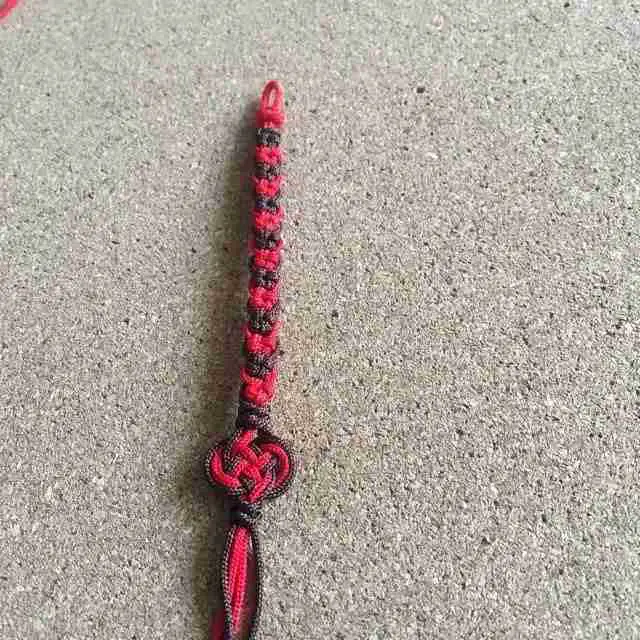
The cross knot is not just the easiest knot to make but also the most popular type of knot used in closures and hangings.
- Plafond knot
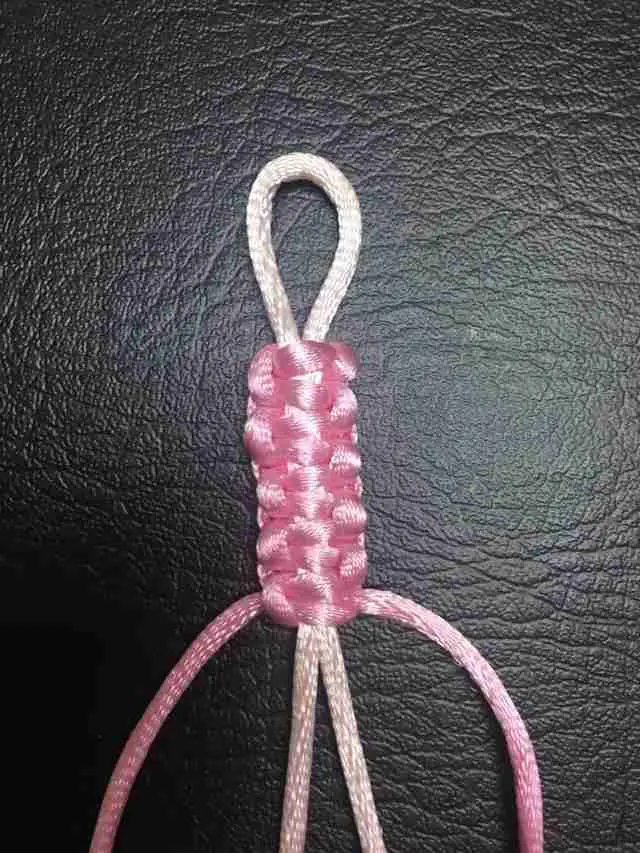
The plafond knot is shaped into a spiral shape with a rectangular border to symbolize the dome-like feature of the central sections that make up the ceilings of the Chinese temples. This is also where the name comes from – plafond means an ornate ceiling, or the 3 rectangular sections, 3 across and 3 deep.
- Pan Chang knot
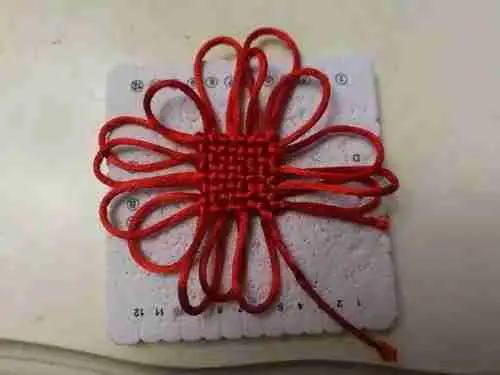
This is another popular Chinese knot, and it stands out because of the fact that this knot is synonymous with the original Chinese knotting with 8 ears and 8 loops, which is an important Buddhist symbol called the mystic symbol believed to bring good fortune to its wearers.
- Good luck knot
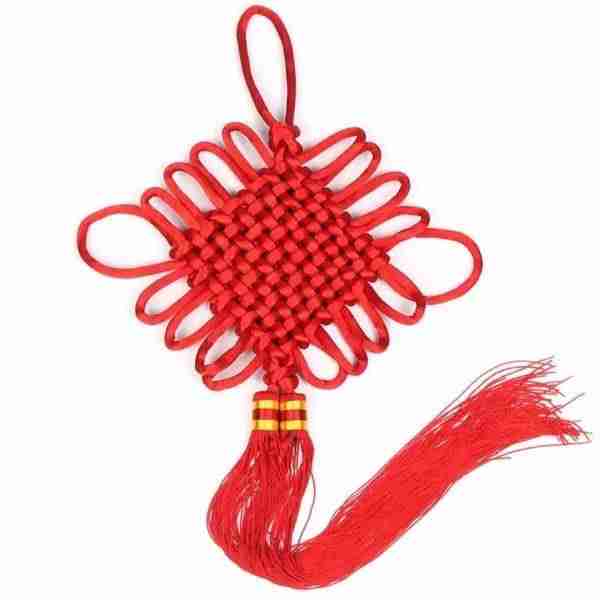
It’s also known as the square knot, and it’s a symbol of good fortune, hence the name.
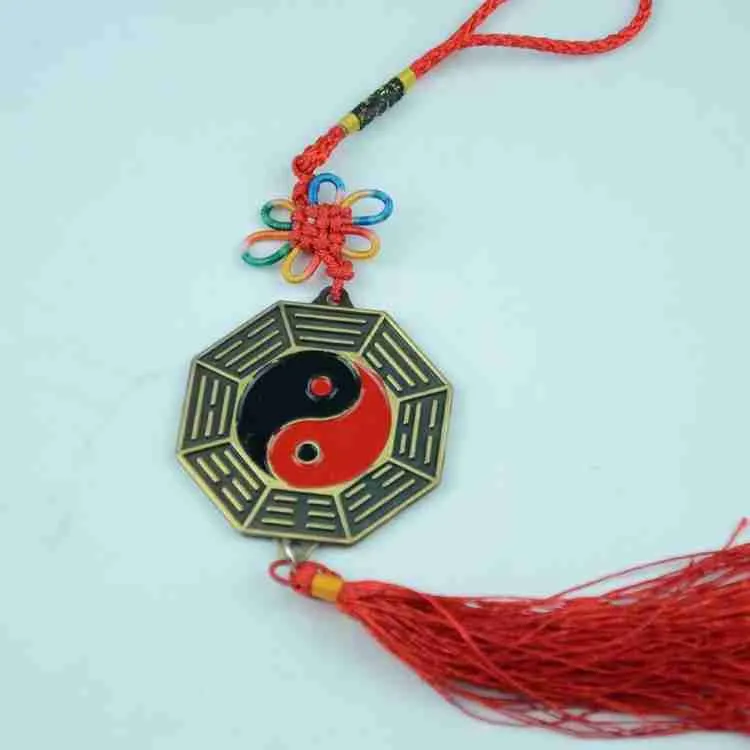
In Feng Shui, you have Yin and Yang, which represent opposite interconnected and counterbalancing forces.
- Green Chinese knot meaning
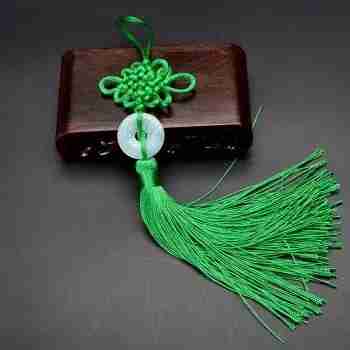
Green is a symbol of wealth and money in Chinese, and a knot in this color would bring forth these to your life.
- Yellow Chinese knot meaning
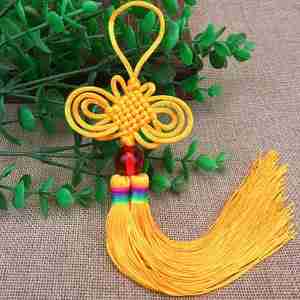
Yellow is the color of power and royalty in Chinese, and knots in this color are often worn by leaders. The color also symbolized freedom in Chinese Buddhism.
- Gold Chinese knot
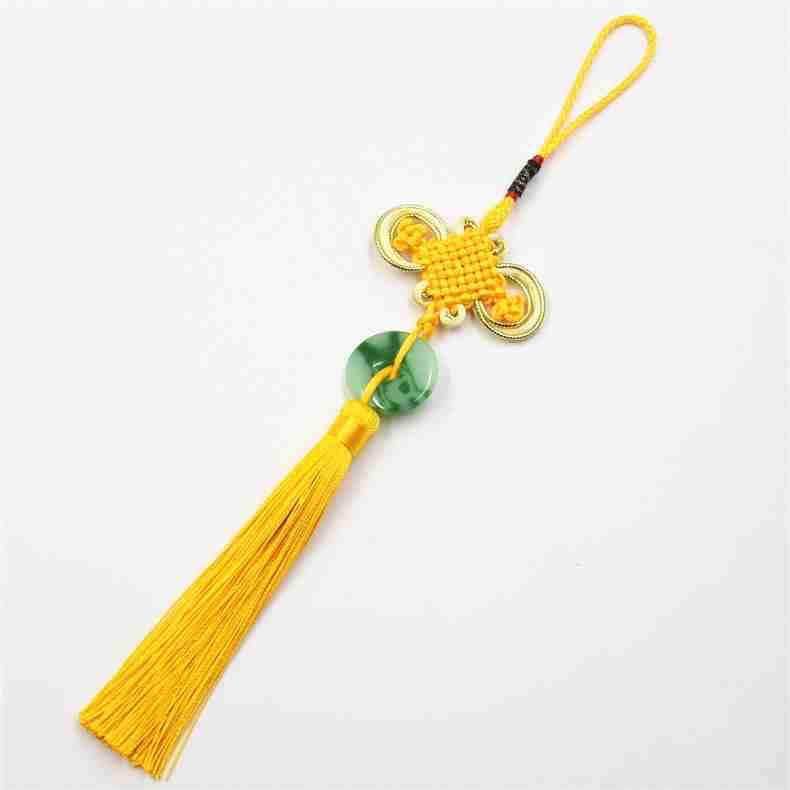
Gold is the Chinese color for nobility and richness, and knots in this color bring these to the wearer’s life.
- Blue Chinese knot meaning
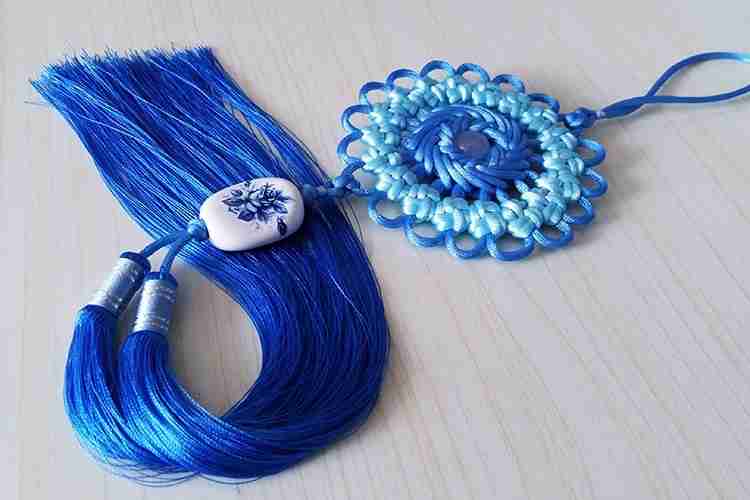
Blue represents trust, healing, and long life, and the knot in the color blue would bring forth these positive elements, as well as harmony and longevity.
History of Chinese knots
The Chinese knots date back to Lao Zi traditions in Ancient China, who made the knots out of cotton and silk to make ribbon knots for the waist. They were also seen in the Song, Yuan, and Qing dynasties.
Conclusion
Chinese knots represent an important part of Chinese culture, and as seen above, they carry different meanings depending on their designs, shapes, and colors. So, next time you want to get one, you will know exactly what they mean.